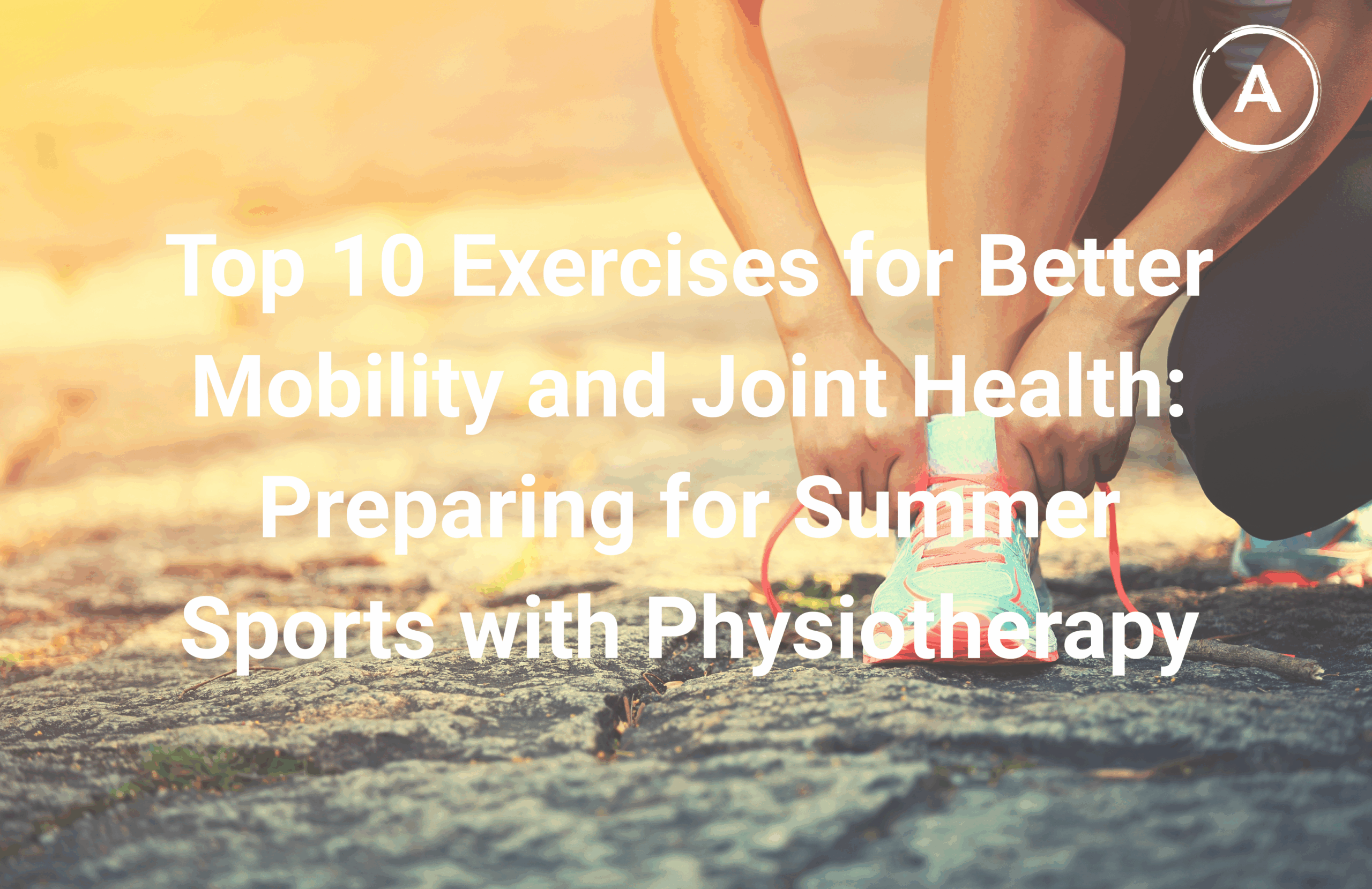
As summer approaches in New Zealand, many Aucklanders are eager to return to their favourite outdoor sports and activities. Whether you're preparing for beach volleyball, cricket, tennis, or touch rugby, optimal mobility and joint health are essential for peak performance and injury prevention. At Auckland Physiotherapy, we understand that proper preparation can make the difference between an enjoyable summer season and time spent on the sidelines.
Mobility refers to your joints' ability to move freely through their full range of motion. Good mobility enables efficient movement patterns, reduces injury risk, and enhances athletic performance. During the cooler winter months, many people experience decreased activity levels, leading to joint stiffness and reduced flexibility. This makes pre-summer conditioning crucial for safe sports participation.
Research consistently demonstrates that structured exercise programs improve joint health, reduce injury rates, and enhance sports performance. A systematic review published in the British Journal of Sports Medicine found that neuromuscular training programs reduced sports injuries by approximately 35% across various athletic populations.
This fundamental yoga-based movement enhances spinal flexibility and engages core stabilisers.
How to perform:
Benefits: Improves thoracic and lumbar spine mobility, essential for rotational sports like cricket, golf, and tennis.
Hip mobility is crucial for running, jumping, and change-of-direction movements common in summer sports.
How to perform:
Benefits: Addresses hip internal and external rotation, reducing strain on knees and lower back during sports activities.
Ankle mobility is often overlooked but critical for balance, agility, and injury prevention.
How to perform:
Benefits: Reduces risk of ankle sprains and improves performance in sports requiring quick direction changes like netball and touch rugby.
Thoracic mobility is essential for overhead activities and rotational movements.
How to perform:
Benefits: Improves shoulder function and reduces neck and lower back compensation during throwing and overhead sports.
Strong, functional glutes are fundamental for lower body power and joint protection.
How to perform:
Benefits: Strengthens the posterior chain, reducing knee and lower back injury risk while improving running and jumping performance.
Balance training enhances joint stability and neuromuscular control.
How to perform:
Benefits: Improves ankle, knee, and hip stability, reducing injury risk in sports requiring balance and agility.
Shoulder health is paramount for swimming, tennis, cricket, and any overhead activities.
How to perform:
Benefits: Enhances shoulder blade movement and stability, preventing rotator cuff injuries and improving overhead performance.
Lateral movements challenge mobility and strength in often-neglected movement planes.
How to perform:
Benefits: Develops lateral stability and hip mobility crucial for sports involving side-to-side movement like tennis and squash.
This dynamic movement addresses multiple joints simultaneously.
How to perform:
Benefits: Combines hip flexor stretching, thoracic rotation, and ankle mobility in one efficient movement.
Core stability protects your spine and enhances force transfer during athletic movements.
How to perform:
Benefits: Develops anti-rotational core strength essential for all sports, particularly those involving throwing, hitting, or kicking.
The optimal approach combines these exercises into a structured routine performed 3-4 times weekly for 4-6 weeks before intensive sports participation. Research suggests that injury prevention programs are most effective when implemented consistently over this timeframe.
Sample Weekly Schedule:
At Auckland Physiotherapy, our experienced physiotherapists provide individualised assessments to identify mobility restrictions, strength imbalances, and injury risk factors specific to your chosen sport and body. Professional physiotherapy guidance offers several advantages:
Movement Screening: Identifies specific limitations requiring targeted intervention.
Personalised Programming: Tailors exercises to your individual needs and sport requirements.
Technique Coaching: Ensures proper exercise execution for maximum benefit and safety.
Progression Planning: Systematically advances your program as your capacity improves.
Injury Management: Addresses existing niggles before they become season-ending problems.
Avoid the "weekend warrior" syndrome by gradually increasing training volume and intensity. The 10% rule—increasing weekly activity by no more than 10%—provides a safe guideline for progression.
Mobility and joint health require adequate recovery between sessions. Incorporate rest days, proper sleep (7-9 hours), and nutrition to support tissue adaptation.
While these exercises provide an excellent foundation, sport-specific training should complement general mobility work. A physiotherapist can help design sport-specific drills that transfer directly to performance.
Joint health depends on proper hydration. Cartilage contains approximately 80% water, and dehydration can impair joint lubrication and increase injury risk. Aim for adequate fluid intake, especially during Auckland's warmer summer months.
Consult a physiotherapist at Auckland Physiotherapy if you experience:
Preparing your body for summer sports through targeted mobility and joint health exercises significantly reduces injury risk while enhancing performance. These ten evidence-based exercises provide a comprehensive foundation for safe and successful sports participation throughout the Auckland summer season.
Remember that consistency matters more than intensity when building mobility and joint health. Start your preparation now, and you'll be ready to enjoy your favourite summer sports with confidence and reduced injury risk.
For personalised assessment and treatment plans tailored to your specific needs and sports goals, contact Auckland Physiotherapy. Our team of qualified physiotherapists serves the Auckland community with evidence-based care designed to keep you active, healthy, and performing at your best.
Ready to prepare for summer sports? Visit www.aucklandphysiotherapy.co.nz to book your pre-season physiotherapy assessment today.
Housed in the beautiful Foundation Precinct, sandwiched in-between Newmarket, Parnell & Remuera
Recent Comments